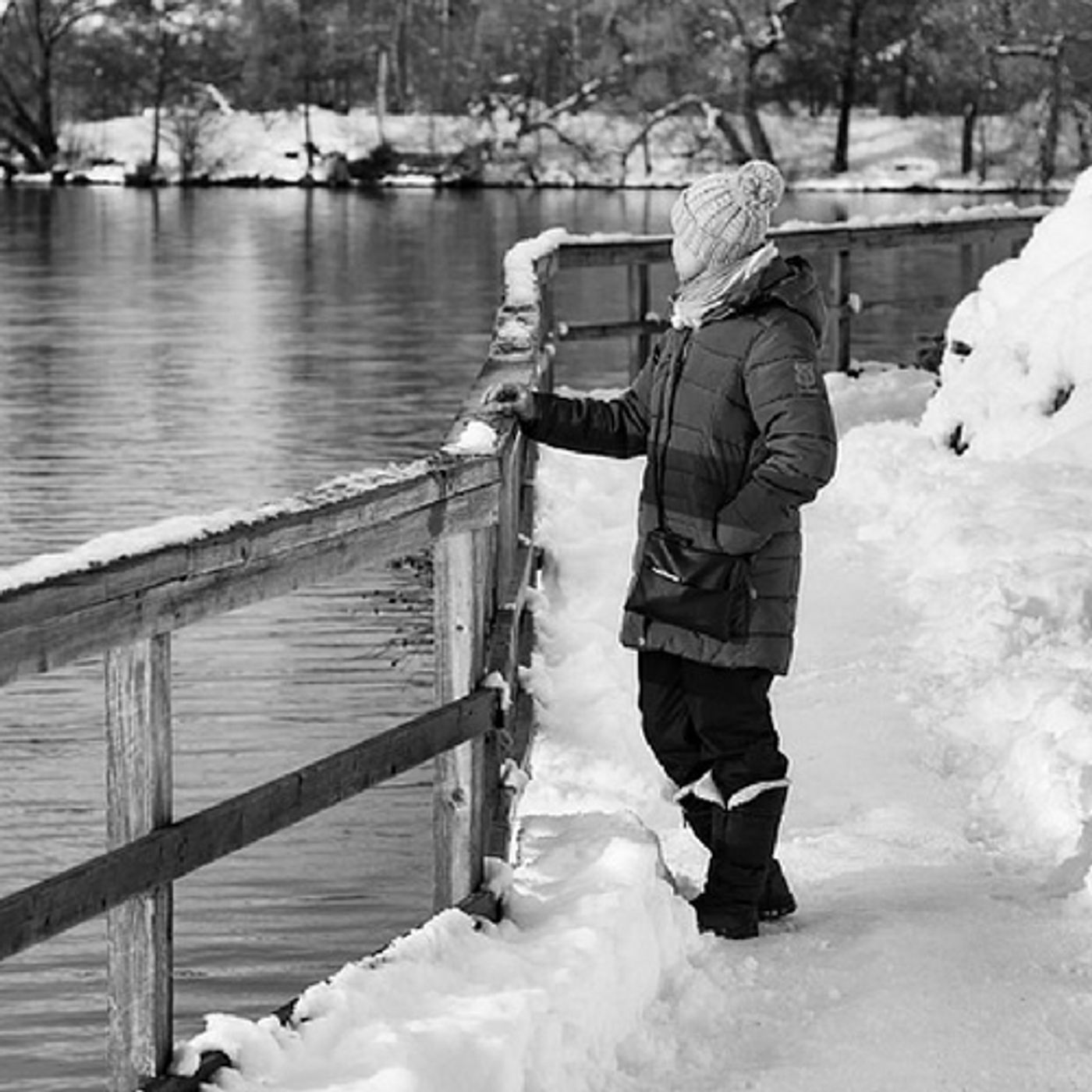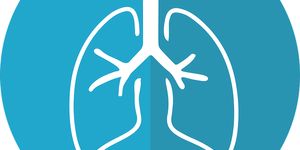Is It Really The "Most Wonderful Time of the Year?"
A famous Christmas song shouts out, “It’s the Most Wonderful Time of the Year” but is it really? Holidays can be special times spent with family and friends, but they can also be a time of stress and strain.
Added to that is Seasonal Affective Disorder (SAD) which is prevalent in parts of the country with colder temperatures. Shorter days, which less sunlight is also a part of the disorder. Estimates are that about 4-6% of people report having “winter depression” which is less severe than SAD. About 10% of people report symptoms that are more significant and are classified as mild SAD.
While depression symptoms are similar to those found in SAD, there are some differences. Guidelines from the National Institute of Mental Health do not classify SAD as a separate disorder, but rather a seasonal form of major depression. For a diagnosis of SAD to be made, a person must meet all of the diagnostic criteria for major depression, and have episodes that coincide with the season for at least two years. While the majority of patients who have SAD experience it in the winter, it can occur in the spring or summer as well, but less is known about this form. Some symptoms that are specific to seasonal affective disorder are a change in appetite that includes cravings. Jonesing for sweet or starchy foods is very common. Weight gain happens as well, even in some patients who don’t consume sugary foods and starch. Many patients report extreme fatigue, oversleeping and low energy. Together with holiday activities, stress and struggling with bad weather, SAD can make this time of year anything but wonderful.
Not everyone has the same risk of developing SAD. Age, gender, and distance from the equator are all part of evaluating risk. The disorder is four times more common in women than in men. As we age, our risk for SAD goes down. While it’s not common to be diagnosed under the age of 20, it has been seen in some teens and children. Geography matters as well. In Florida, 1% of residents report having SAD, however in New England and Alaska, the incidence rises to 9% which is understandable given the weather in those two regions.
While the exact cause of this kind of depression isn’t known, some research has suggested that it could be related to serotonin transport in the brain. Serotonin moves around the brain by attaching to neurotransmitters called serotonin transport proteins. In people who experience SAD in the winter, it’s often found that they have more transporter proteins. This imbalance leaves less serotonin available, and that can impact symptoms. There are also studies that show an overproduction of melatonin. Darkness causes the brain to produce melatonin, as part of the circadian rhythm. This is likely what causes the sleepiness and lethargy that many SAD sufferers report. Finally, Vitamin D is a factor. It’s produced when the body gets enough sunlight, so levels are lower in the winter and Vitamin D deficiency is involved in many depressed patients.
Treatments for SAD depend on the severity of the symptoms and other medical issues a patient might have. Medication, with SSRI drugs, is often the standard of care. Light therapy is another option. Specially designed lamps that provide bright white light are helpful for some, but they can take up a lot of time. Sitting near a SAD light fixture is recommended for about an hour each day, ideally in the morning and later afternoon, and it can be hard to fit the time into a busy day. Cognitive Behavioral Therapy (CBT) has been shown to work well, and if included along with light therapy or medication can be part of a comprehensive approach to getting through the darker months. The video below has some more information, take a look, and if you find yourself overwhelmed, help and resources can be found here ()
Sources: National Institute of Mental Health, University of Vermont, Business Insider, Medical News Today









